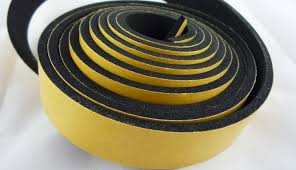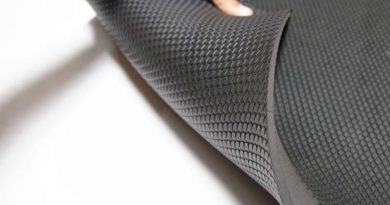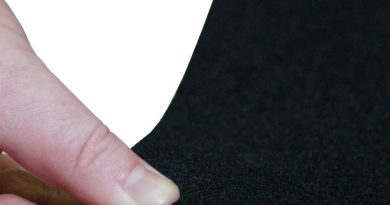Do You Need Protection Against Weathering Effects? Use Neoprene Rubber Sheets
A multi-purpose elastomer, neoprene has the perfect balance of innate properties that makes it an excellent replacement for natural rubber. This synthetic rubber is one of the most commercially successful substitutes of natural rubber. It is used in a wide range of applications, from making wetsuits to automotive components. Also known as polychloroprene, neoprene was originally intended to be an oil-resistant replacement for rubber. As time progressed, uses of neoprene have diversified across many different industries, from sports and aquatics to civil engineering, automotive, and even hydroponic gardening. Some of the key benefits of neoprene are as follows:
- Unbeatable Physical Toughness – Probably one of the greatest benefits of neoprene rubber sheets, the synthetic rubber makes an excellent choice for applications that require outstanding toughness against damage and weathering effects. This is also why neoprene is dubbed one of the best all-purpose rubbers in the market. The chemical and physical properties of neoprene make this material highly resistant to different kinds of materials and conditions, including heat, oils, chemicals, and even the ozone.
- Excellent Elastic Metal Bonding – In addition to physical toughness, neoprene is also elastic and bonds well with metal, which is why it has found wide usage in the automotive and medical industries. This allows different kinds of protective gears and clothing items to be created from neoprene, such as gloves and aprons.
- Solvent Resistance and Adhesive Properties – The global adhesives market is currently dominated by neoprene-based adhesives. With its excellent adhesive properties and resistance to solvents, neoprene is increasingly being used in manufacturing of different kinds of products, such as automotive trims, custom display cabinets, furniture, high-pressure laminates, and wall partitions, as well as shoe soles.
- Weather Resistance – Neoprene also exhibits good water resistance, stability, and flexibility even when subjected to different temperature levels. It resists degradation and damage from exposure to sunlight, oxidation, ozone, snow, sand, and dust, making it suitable for all weather conditions.



